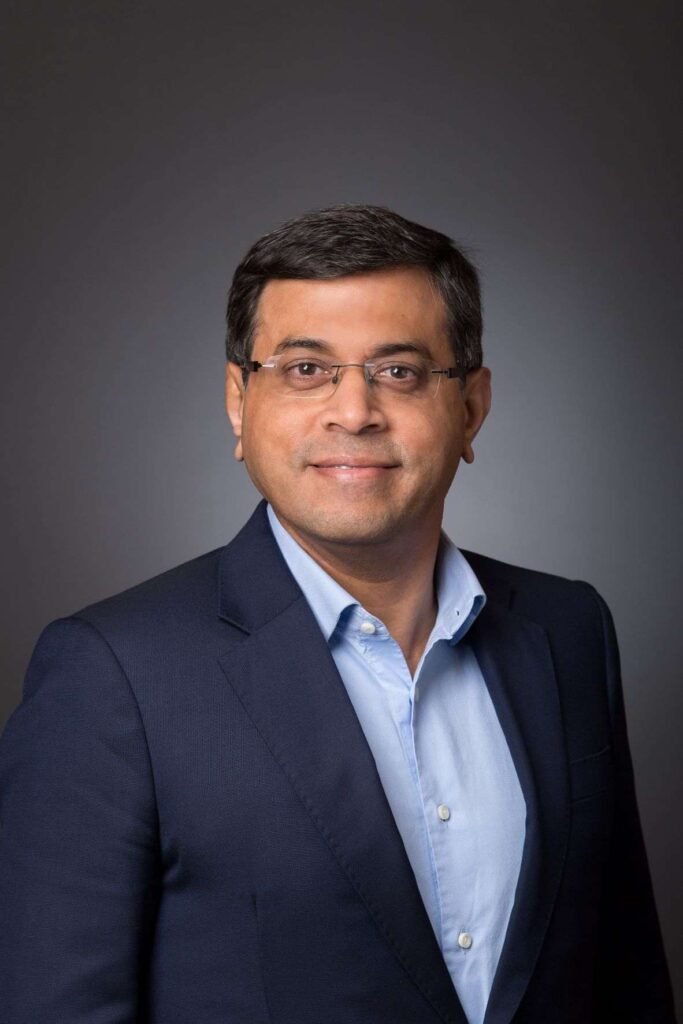How the microchip sector is dealing with supply chain and logistics shortage and disruptions
With roughly one in 10 chips used in electronics globally coming from Singapore, the manufacturing industry in the island-state has evolved to become one of the world’s most advanced over the years.
Singapore has ambitions to grow its manufacturing industry by 50% by 2030, with the semiconductor segment positioned to lead this expansion.
However, supply chain and labor disruptions caused by COVID-19 had led to a worldwide chip shortage crisis which was only further compounded by ongoing trade tensions between US-China and conflict in Russia.
Analysts and experts predict that the shortage supply will end in 2023. Pall Corporation aims to address the supply and demand issues of microchips by breaking new ground at its US$100M new manufacturing facility in Singapore that will double the manufacturing capacity of chips for Pall globally.
DigiconAsia caught up with Naresh Narasimhan, President, Pall Corporation, to discuss these developments.
In your opinion, what are the trends that will shape the semiconductor industry for the next 5 to 10 years?
Naresh Narasimhan (NN): There are a few key trends that we see will shape the semiconductor industry, in terms of the increasing demand for smart devices; need for sustainable production methods; importance in cultivating a talent pool; and growth in APAC’s semiconductor market share.
Firstly, we are likely going to see an acceleration of technological progress. The foundations for connectivity and automation have already begun with the building of 5G networks and Internet of Things. As 5G networks become more reliable and widespread, high stakes applications for IoT technology have become increasingly central across healthcare, manufacturing, and automotive industries, among others, driving an urgent need for advanced semiconductors. Electric vehicles, for instance, use anywhere from two to three times the number of microchips a regular combustion engine vehicle.

As demand for semiconductors continues to increase due to emerging technologies, semiconductor production would need to increase. This would cause a massive surge in energy consumption and water usage. As a company committed to sustainable production, Pall is committed to helping our customers minimize their carbon footprint, maximize recycling and waste reduction efforts and ensure the most efficient utilization of natural resources and raw materials through environmentally responsible technologies.
We expect APAC to have an increased market share in the global semiconductor industry, with the global market of semiconductors to exceed a value of US$1 trillion by 2030 (source: Deloitte). This growth demand for semiconductors in APAC necessitates strategies that will bring us closer to Asia. This means setting up infrastructure in Asia including talent development in this highly niche and specialized field. There is an increasing importance in cultivating a talent pool with a shortage of talent in the semiconductor industry. Singapore has a talent pool with skilled workers who have highly advanced degrees. Pall aims to hire more than 300 employees in science, engineering, and manufacturing experience, as well as include training, developing new talent to enable transfer of knowledge.
What are the main challenges when it comes to the semiconductor manufacturing processes? How do you believe these challenges can be overcome?
NN: The main challenges would be in ensuring that the manufacturing process is contaminant-free.
Mega trends such as the accelerating technology adoption for “smart” devices, which use artificial intelligence, and the rise of electric vehicles are creating exponential growth of demand for high-performing semiconductor chips. As the demand for 5G, AI and IoT devices continue to grow, so will the need for more advanced chips with increased performance and energy efficiency. These in turn requires sophisticated filtration and purification solutions to produce.
As chip designs continue to evolve, advanced nodes shrink, and come in sizes and geometrics which are more complex. The manufacturing processes to produce chips become more complicated and, in turn, becomes more sensitive to potential contamination. The raw material used to manufacture these chips must have the highest level of purity to reduce defects, especially in applications such as medical devices and automotive, where latent defects can be quite costly.
There are impurities in each step of the process, which can result in more chemical usage, costly downtime, and significant reduction in yield. This means that advanced node semiconductor manufacturing requires extremely clean fluid streams, driving greater need for high-end filtration and purification solutions – that Pall provides.
Could you provide us with an overview of the latest technologies to be shaped from the solutions that your new facility provides?
NN: First off, Pall does not manufacture semiconductor chips. Pall is part of the value chain and plays a crucial role in ensuring that semiconductor chips are manufactured to high standards and quality.
Specifically, we produce lithography and wet-etch filtration, purification and separation solutions that will help meet the demand for advanced node chips.
As mentioned earlier, the manufacturing processes to produce chips is increasingly more complex. The raw material used to manufacture these chips must have the highest level of purity to reduce defects, especially in applications such as medical devices and automotive, where latent defects can be quite costly. Pall’s solutions ensure that the chips produced using our filtration technology and solutions are of the highest purity.
